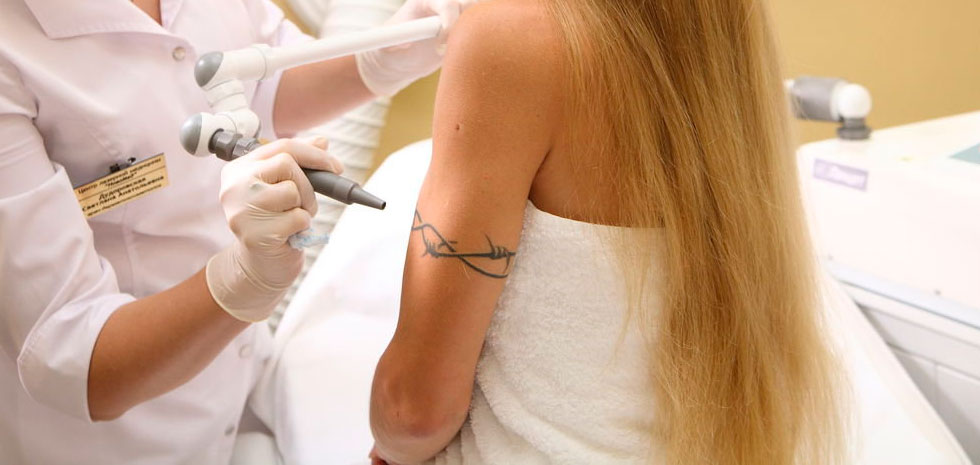Laser tattoo removal has become a popular and effective method for eliminating unwanted ink. While many people associate laser removal with complete eradication, it can also be used to significantly fade tattoos that have lost their vibrancy. Here's a step-by-step breakdown of the process:
- Consultation with a Qualified Provider:

- Discuss your tattoo removal goals and expectations.
- The provider will assess the tattoo's size, color, age, and your skin type.
- They will evaluate the feasibility of fading the tattoo and provide an estimate of the number of sessions required.
2. Pre-Treatment Preparation:
- Avoid sun exposure and tanning products for several weeks before the procedure.
- Discontinue blood-thinning medications or supplements if possible.
3. The Treatment Session:
- The provider will clean and numb the treated area with a topical anesthetic.
- The laser is pulsed over the tattoo, breaking down the pigment particles.
- You may experience a snapping or popping sensation during the treatment.
4. Post-Treatment Care:
- Keep the treated area clean and dry.
- Apply a topical ointment as directed by your provider.
- Avoid sun exposure and tanning for several weeks.
- Refrain from soaking the area in water or using harsh soaps.
5. Healing Process:
- The treated area may appear red and swollen for a few days.
- The skin may scab or flake, but it's important to avoid picking or scratching.
- Healing time can vary depending on the size of the tattoo and individual factors.
6. Follow-Up Sessions:
- Multiple sessions are typically required to achieve significant fading.
- The spacing between sessions will depend on the healing process and the desired level of fading.
- Your provider will monitor your progress and adjust the laser settings as needed.
Factors Affecting Fading Results:
- Ink Color: Darker colors like black and blue are generally easier to fade than lighter colors.
- Ink Density: Tattoos with dense, concentrated ink may require more sessions.
- Tattoo Age: Older tattoos can be more challenging to fade due to the ink settling deeper into the skin.
- Skin Type: Individuals with darker skin tones may need more caution to avoid hyperpigmentation.
- Laser Type: The type of laser used can influence the effectiveness of fading.
- Provider Experience: A skilled and experienced provider can optimize the treatment process for fading tattoos.
Benefits of Laser Tattoo Fading:
- Reduced Visibility: Fading a tattoo can make it less noticeable and improve your overall appearance.
- Improved Self-Esteem: Reducing the visibility of an unwanted tattoo can boost your confidence.
- Cost-Effective Alternative: Fading a tattoo can be a more cost-effective option compared to complete removal, especially if you're not seeking complete eradication.
Conclusion:
Laser tattoo fading offers a viable solution for individuals who want to reduce the visibility of unwanted ink. By understanding the process, factors affecting results, and following proper aftercare, you can achieve your desired level of fading and enhance your overall appearance.













